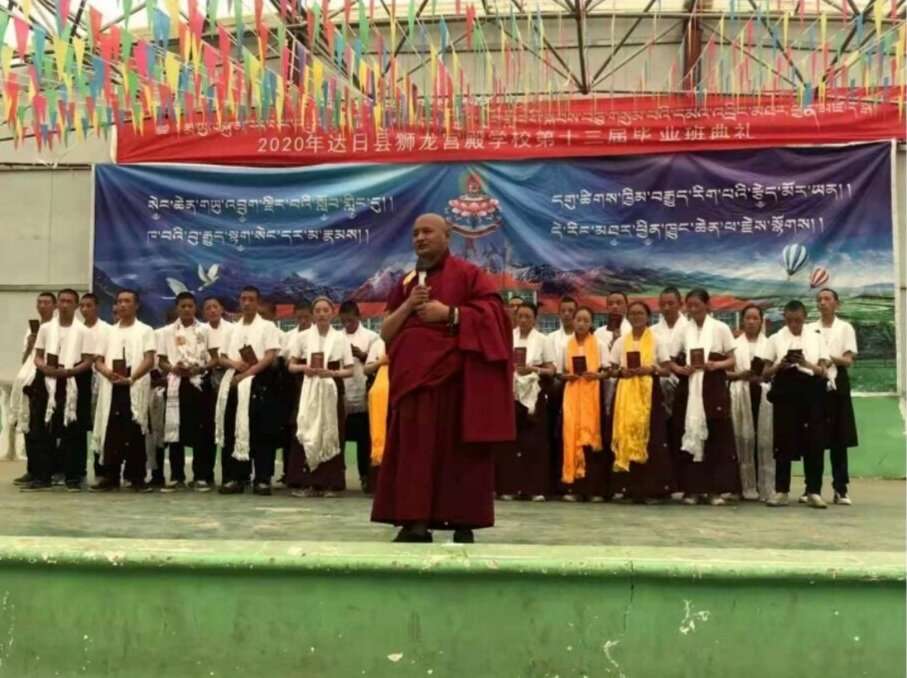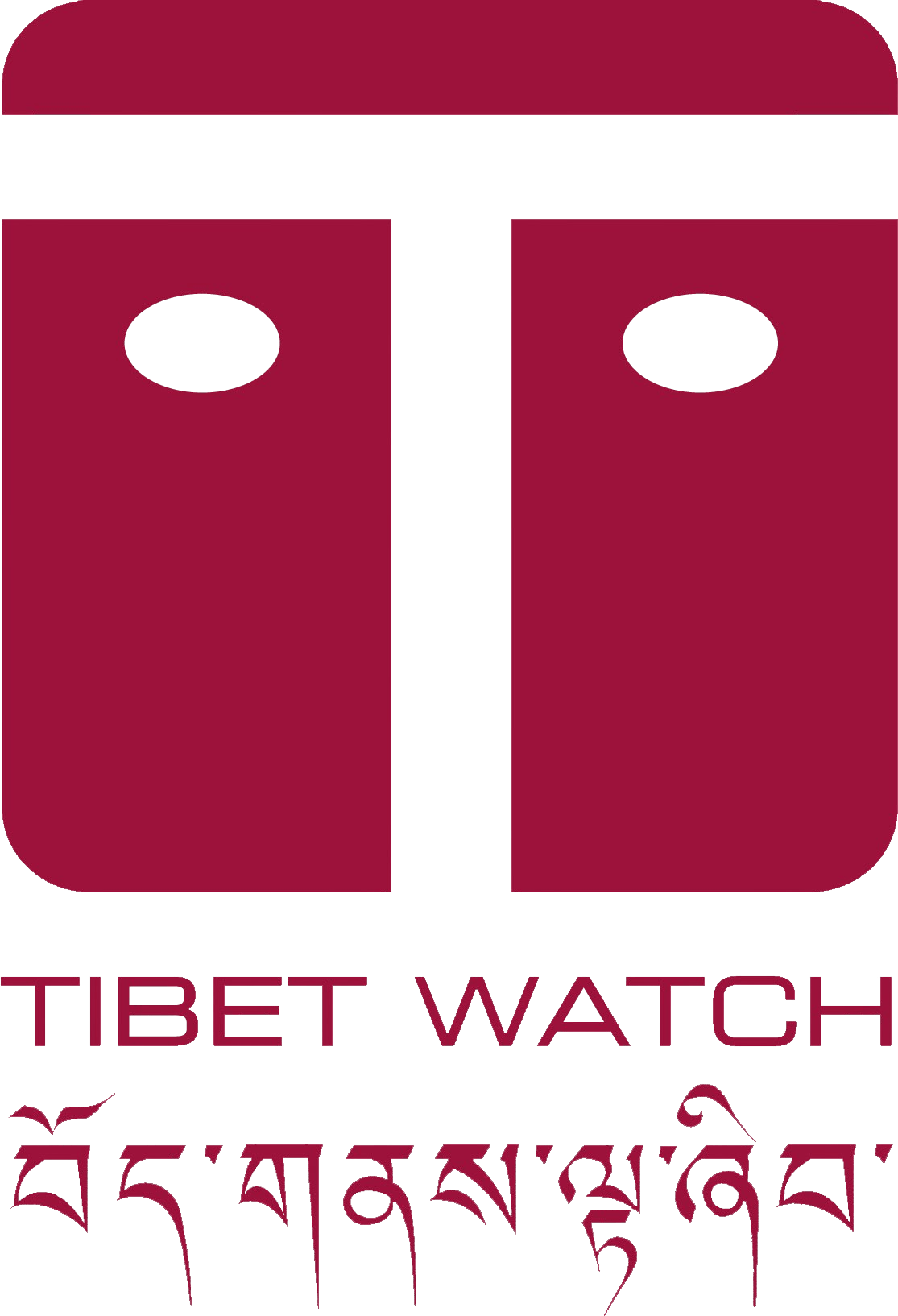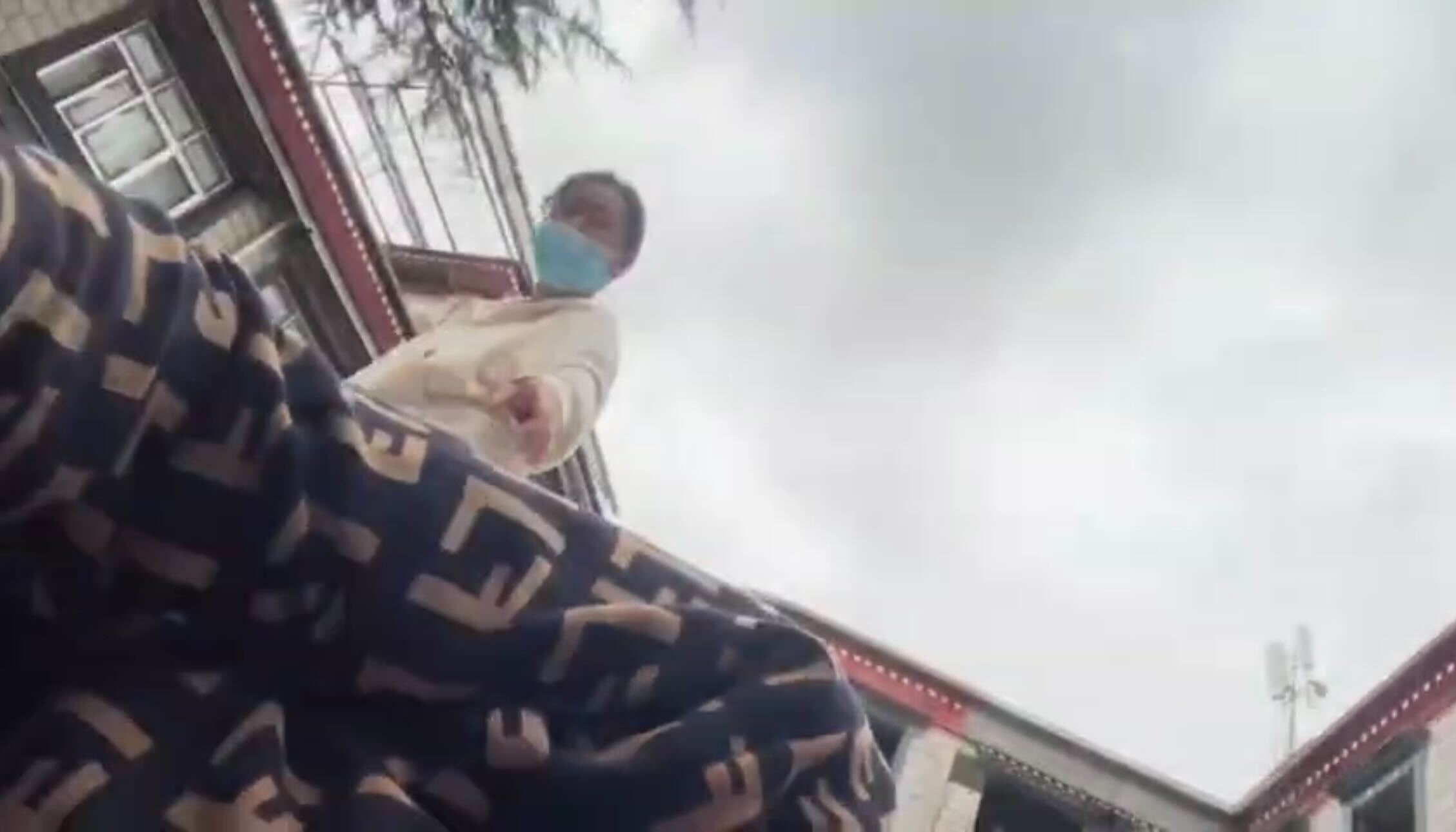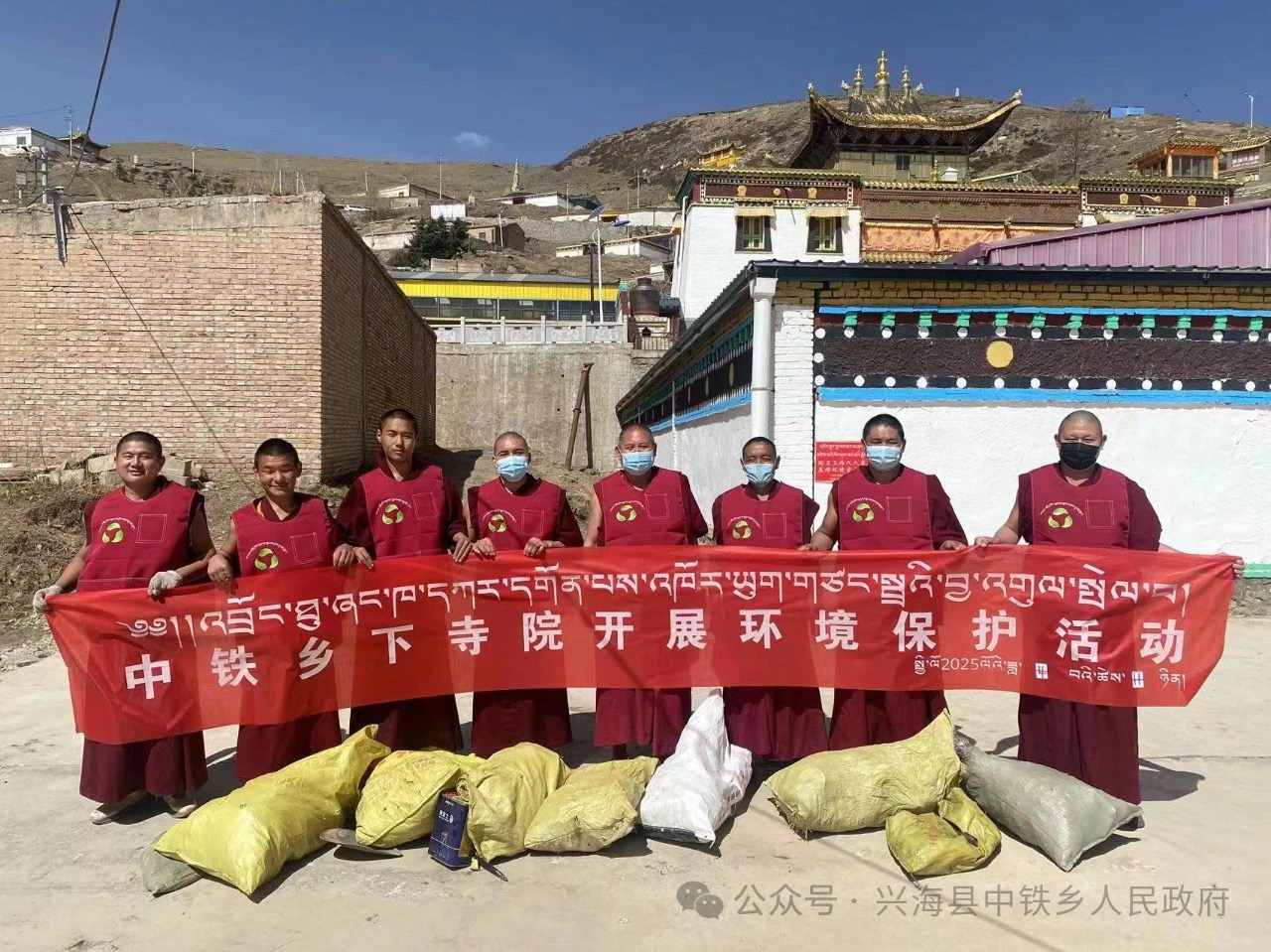
Head of school, concerned parents and former students request higher authorities to reconsider their decision
On 8 July, a week after the Chinese Communist Party’s (CCP) centenary celebration, Chinese authorities in Golog, eastern Tibet, ordered the closure of Sengdruk Taktse middle school in Darlak County. Without giving any official reason for the shutdown of the private Tibetan school, all the students have been advised to enrol in other government-affiliated schools in the region.

Khandrul Jigme Kunsang Gyaltsen giving a speech during 2020’s graduation ceremony. Image source: Radio Free Asia
Confidential sources from the area confided that the motives behind the closure of the school were political. The school’s primary language of instruction is Tibetan and it provides Tibetan culture-based learning for Tibetan students in the region. However, the officials have given the excuse of the requirement for monks to study in the monasteries instead of schools. The majority of the students and staff in the school are monks and tantric practitioners.
As a consequence, this year’s graduation day, usually a celebration, marked the last day of the school’s existence. In the closing speech, Khandrul Jigme Kunsang Gyaltsen, co-founder and head of the school and a renowned abbot from the esteemed Larung Gar Buddhist Academy, remembered the school’s inauguration on 5 December 1998. He asserted its founding principles of providing education to the destitute, orphaned and those without the means to access formal schooling. He further explained that the school was established in accordance with the laws, with the approval of concerned prefectural and county governments and that it has abided by the constitution of the People’s Republic of China. He also expressed his expectation of receiving an official clarification from the higher authorities regarding the school’s closure.
A distinguished centre of learning
Previously established as a primary school, Sengdruk Taktse later received a license to become a secondary school in 2008.
In its founding years, opportunities for formal schooling in the Golog region were extremely limited and there were many children unable to access school education. Prioritising orphans and children from poor families, the foundation of the school was laid by enrolling its first batch of around 30 students in 1999. Over the course of time, through the sincere efforts and dedication of its founding members, the school flourished and distinguished itself as a centre of excellence amongst the Tibetan farmers and nomadic community across Tibet. Former students had gone on to work in various capacities of government jobs, entrepreneurship and virtuous roles such as monks and nuns.
Many concerned Tibetans – parents, staff and former students – deeply value and respect the school, and are appealing to the authorities to reconsider the decision. Tibet Watch received a copy of a petition written by a former student of the school to the concerned authorities. In the heartfelt appeal, “on behalf of all the alumni of the school, with hands jointly held together on the top of the heart”, the petitioner had expressed how the school is also a home for many orphans and poor children. Hoping for the survival of the school, whose gratitude and care was referred to that of a mother’s, it ended with an eloquent Tibetan verse reflective of the author’s profound love for his community and identity:
“A ship that carries the responsibility of education
This school is a home where farmers and nomads’ aspirations lies
A centre for learning where children search their path
It is a reddish-brown, ancestral place where culture depends”

Classroom scene of Tibetan children at Sengdruk Taktse with blackboard corners adorned with Tibetan cloud motifs
As required by the 1986’s Compulsory Education Law of the People’s Republic of China, Sengdruk Taktse middle school provided compulsory nine-year education. It comprises six years of primary education and three years of secondary education. Prior to the closure, there were around 300 students. According to the official document obtained by Tibet Watch, in 23 years of its existence, over 500 Tibetan students have successfully completed their studies. The school stands as a distinguished centre for learning which provides not only modern education but also culture-based learning such as Ling Gesar epic, which is reputed to be the longest epic of the world and inscribed as UNESCO Intangible World Heritage. Beginning with a melody distinctive to vocal range and folk songs of Tibetan nomadic areas, the epic recounts the life and heroic deeds of King Gesar in rich poetic language. It is widely known across Tibet and its significance is reflected in the customs and practices of Tibetan society.
In addition to these cultural assets, the school actively empowers graduate students by creating job opportunities. The importance of the school’s social mobility initiatives cannot be overstated in light of the lack of employment opportunities for Tibetan graduates in the Chinese-language-dominated society. Guided by far-sighted missions and accomplishments of creating various academic opportunities, the school has successfully operated a hotel, petrol pump, cultural promotion centre and Gesar epic dance troupe.
Systematic marginalisation of Tibetan education
The forced closure of Sengdruk Taktse middle school happened amid increasing reports in recent years of Chinese authorities’ systematic shutdown of schools whose primary medium of instruction was Tibetan. The state’s hyper surveillance and restrictions have caused communication breakdown between Tibetans in and outside Tibet. Tibetans in exile cannot return to Tibet, nor can the Tibetans in Tibet freely travel outside Tibet. Receiving quick updates, therefore, remains extremely challenging.
In the last 70 years of Chinese rule in Tibet, despite constitutional provision for the protection of local culture and language, Chinese authorities in Tibet have enacted in an assimilationist manner to gradually sinicise Tibet and Tibetans. Laws and regulations are routinely passed without the inclusion of Tibetan voices leading effectively to the eradication of Tibetan identity.
Earlier this year on 20 January, the Director of the Legal Affairs Committee of the National People’s Congress, Shen Chungyao, announced that schools in “minority areas” were no longer allowed to teach their own languages, declaring such education to be “unconstitutional”. The statement was in clear contradiction to the founding provisions of the 1951 Bilingual Education law. It was issued days before the release from prison of language rights advocate Tashi Wangchuk. Tashi was arrested in November 2015, after the publication of an interview by the New York Times in which he talked about his peaceful language advocacy to protect the Tibetan language. He was found guilty of “inciting separatism”, a state security crime, and was sentenced to five years in prison. He was finally released on 28 January 2021, five years and one day after he was detained. Released prisoners remain under surveillance even upon release.
Depriving Tibetans of Tibetan-language education, forcing them to enrol in government schools where Putonghua (standard Mandarin Chinese) is the main language of instruction and indoctrination, arresting public intellectuals and scholars spearheading the survival of Tibetan language, culture, and identity forms a wider strategy of the CCP to control knowledge production and maintain its party-state leadership.
Tibetan is one of the fifty-five recognised “ethnic minorities” against the Han majority which constitutes 92 per cent of China’s population.
Tibet Watch remains concerned about the future of other Tibetan schools in Golog and Kardze. A list of schools indentified so far are as follows:
In Golog Tibet Autonomous Prefecture:
- Yushu Mangphen School
- Ragya Sherig Norbu School
- Humkar Dorje Vocational Skills Training School
- Dorje Den Skills Training School
- Golog Tadrak School
- Chikdril Minthang School
- Machen Gangjong Rigzoe School
- Tsathang School for Girls
- Minthang Chutruk Rigzoe School
- Sengdruk Taktse School
- Tadrak School for Orphans
- Pema County Jhamkyong School
In Kardze Tibet Autonomous Prefecture:
- Zagyue Sherig School
- Sershul Vocational School






